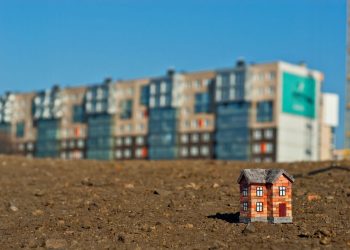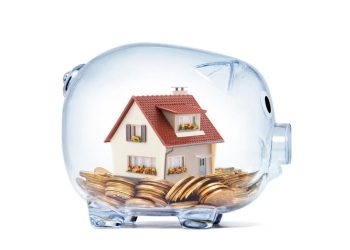RISMEDIA, November 13, 2009—Christine Van Tuyl and Margaret La Grange, an award-winning mother-daughter team with Prudential California Realty in Coronado, have compiled their latest list, the “Top Twelve Tips for Buying an Investment Property.”
“Real estate investors aren’t necessarily all-cash buyers with millions in the bank,” said Van Tuyl, Prudential agent. “Normal folks with $50,000 to put down can make solid investments and get positive cash flow.”
Are you ready to buy an investment property? Here are some things to consider.
1. Location, location, location. We’ve said it before and we’ll say it again. Invest in the best location you can afford. It will determine the kind of tenants you will attract, and how much rent you can charge. A property in a desirable location will also appreciate more over time and be less susceptible to the ups and downs of the real estate market.
2. Don’t go overboard when you’re fixing up an investment property. You don’t necessarily need granite countertops and stainless appliances. After all, you’re going to get some reasonable wear and tear when the tenants move out. Most renters are happy with units that are light, bright and clean.
3. Forget about flipping. Real estate today is a buy-and-hold investment—for at least five to ten years. You’ll face considerably more risk with a shorter time frame. Although your rental will almost certainly appreciate over the next 20 years, the next few years are anyone’s guess.
4. Think long term. For most small investors, long-term ownership makes the most sense. You’ll have plenty of time to ride out any swings in the market, and your rental income will be a nice supplement to your day job. Historically, real estate has been an excellent investment, always appreciating a few points over the rate of inflation.
5. Be prepared to have cash on hand. These days, buying a non-owner occupied property requires at least 25-30% down.
6. Calculate the cost of ownership. This includes all the expenses of owning and managing an investment property, not just mortgage payments. Common expenses include property taxes, insurance, utilities, maintenance, vacancies, and repairs.
7. Look for a property for what it can be, not what it is. Buyers with a little imagination can look past the cracked paint and overgrown landscaping and score a great deal.
8. Hire and pay skilled workers to do your renovations. Start collecting recommendations for electricians, plumbers, painters, and contractors.
9. Always screen your tenants. Run a credit check and call old landlords. Ask if they paid the rent on time, what condition the property was when they left, and if they caused any problems with the neighbors.
10. Read up on your rights as a landlord. Learn about the eviction process and other potential issues so you can do things right, saving time and money.
11. Carefully consider all options. In general, buildings with 3-4 units or duplexes pencil out best, followed by single family homes with 3 bedrooms. Some investors find it works out best to buy a duplex and move into one of the units.
12. Enjoy the advantages of your investment property. When managed correctly, investment properties are a great source of passive income—now, and when you retire. Take advantage of amazing tax benefits to make your investment pay off.
For more information on purchasing an investment property, contact Prudential agent Margaret La Grange at mlagrange@san.rr.com.










